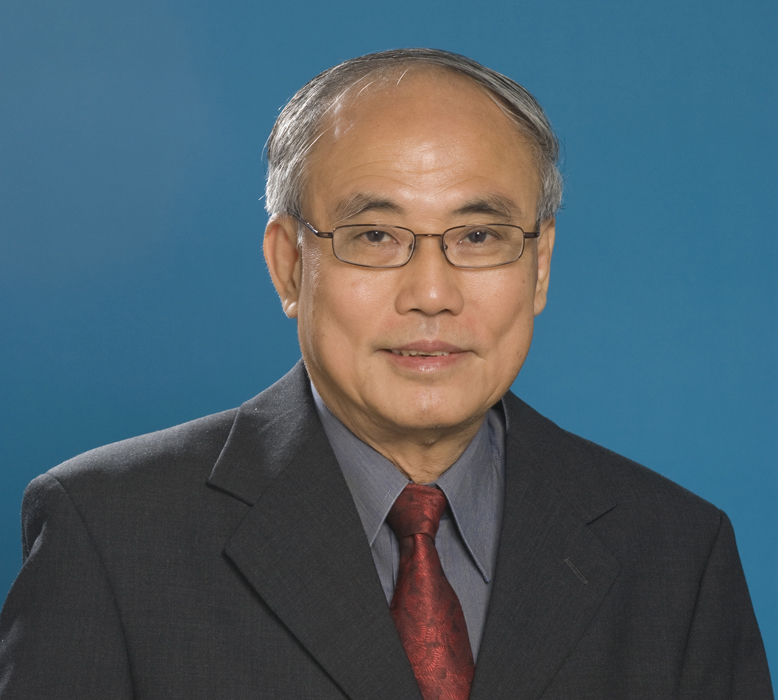President's Message
Message 11/2018

Mr Lim Soon Heng, PE, FIMarEST.
Founder President
Kiss good-bye to 25 million tonnes of CO2 annually with re-deployable floating power generating systems

It will be a boon if we could get our electricity without the attendant pollution and the land needed for the power plants. We can.
Our 14 power plants blanket the island with about 25 million tons of greenhouse gas annually, a whopping 5 tons of waste per capita, three times more than all our solid waste. Being in close proximity to residential areas they significantly add to our healthcare costs.
They occupy an estimated 1,900 hectares of land in a city state where land can be as high as Sing$10,000/m2 if it was not zoned as “industrial,” The equivalent land in a housing estate could fetch the state coffer a staggering Sing$190 billion and house close to 500,000 people (for comparison Cheng San’s pop. density is 297/ha), or about ten percent of our population.
It would make more sense to import electrical energy from nearby countries. Our air would be cleaner. The 1,900 hectares of land could be put to better use to improve the quality of life in an overcrowded city.
If the Asean Power Grid is up and running that is probably the best thing. However, the Grid remains elusive. The underlying political problems and vested interests of the countries concerned are not easy to resolve. While renewable energy is abundant it is enormously challenging to raise funds in third world countries to build hydropower plants or wind or solar farms. Foreign investors are concern about the political risks. They hesitate to plough in hundreds of millions of dollars that will remain stuck in the ground when political upheavals rock the country.
Floating power plants are ideal to meet such challenges. Singapore investors can co-own with power equipment suppliers to build and operate large capacity power plants of 300 MW or more.
Without going into too much detail, the floating foundation may be built in concrete (concrete is maintenance free compared with steel and offer higher degree of stability under the forces of wind and waves) in a place such as Batam or Bintan where production cost is low. The top-side comprising the electrical and mechanical equipment can be assembled in a shipyard (Keppel and Sembcorp Marine have adequate facilities to design, build, launch and commission these assemblies.)
Such floating power plants, classed with reputable classification societies, registered under the Singapore flag may operate in Indonesian waters like ship safe in the knowledge that it may be able to be relocated within days when the political situation is unstable.
However, we need not wait until permit is given by the potential host country to realise such and idea. A floating power plant can easily find a suitable place to anchor within Singapore until a site in a nearby country is found. A submarine cable can be laid to connect that site to Singapore and the floating power plant can be towed and hooked up to it. The operating and maintenance cost will benefit from the lower labour cost in the host country.
The CO2 emitted by the combustion of the fossil fuel will be absorbed my millions of trees which through photosynthesis will be converted into stored energy in the form of wood and oxygen as a by-product. Additionally, on-going research suggests that algae may be used to convert CO2 into a variety of useful products including biofuels. CO2 capture by algae would be easy if the flue gas is generated on a floating power plant.
The construction of a conventional power plant involved undesirable processes such as excavation, piling, removal of dirt and debris, the shipment and inland transportation of building material for fabrication and then again to the project site for erection, the transport of turbines, and alternators from port to site and the importation of thousands of foreign workers who add pressure on our social infrastructure, transport network and hospitals included.
Floating power plants are built offsite. Offsite construction eliminates all such processes.
The ease at which a floating power generating system may be scaled up or down confers significant benefits to the power producer. Being a movable asset also means that it can if the need arises, be towed away to another site where the political/business environment is more conducive. The cost of exit is certainly lower than a land-based system.
Being offshore the risk of a catastrophic explosion of the fuel storage facilities is virtually eliminated.
Ships carrying natural gas need not have to navigate to a shore facility to unload its cargo. This reduces the traffic in our busy waterways and the risk of a collision.
Floating structures are earthquake proof since there are no rigid connection between the structure and the seabed. The common cause of foundation failure due to liquefaction of soil may be dismissed. Energy induced by tsunami waves is more easily dissipated for a floating structure than one “rigidly” supported on terra firma.
The day will come when it would be necessary for Singapore to accept nuclear power as a way to reduce our exposure to geopolitics and the price and supply volatility of natural gas.
Nuclear power plants for Singapore can only be safe if the system is a floating one. The progression to that day would be easy if we start with floating fossil power plants.
Lim Soon Heng
22 October 2018
